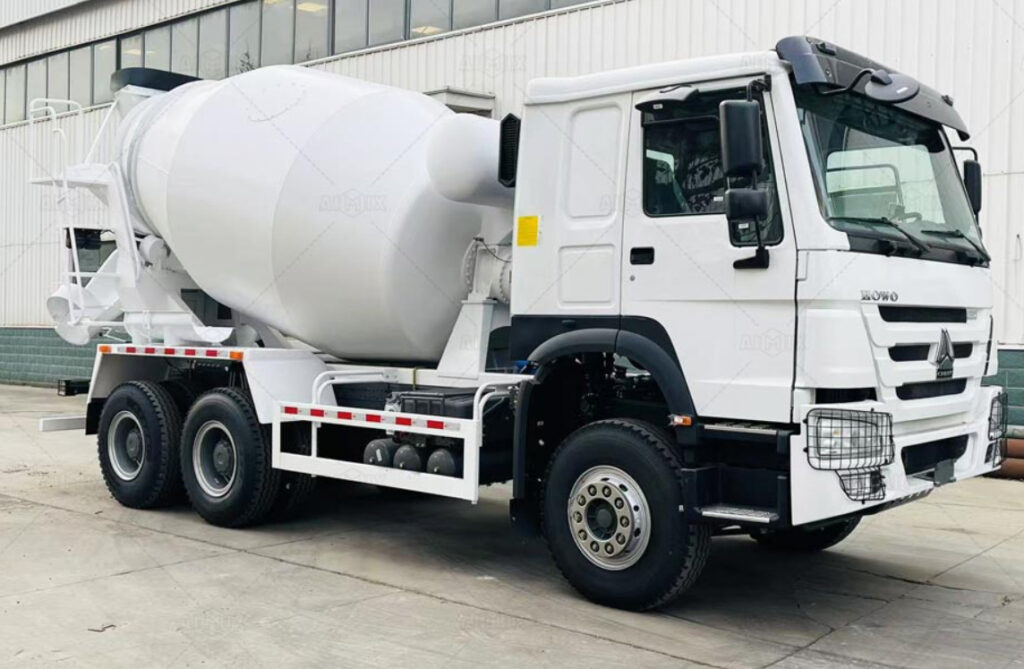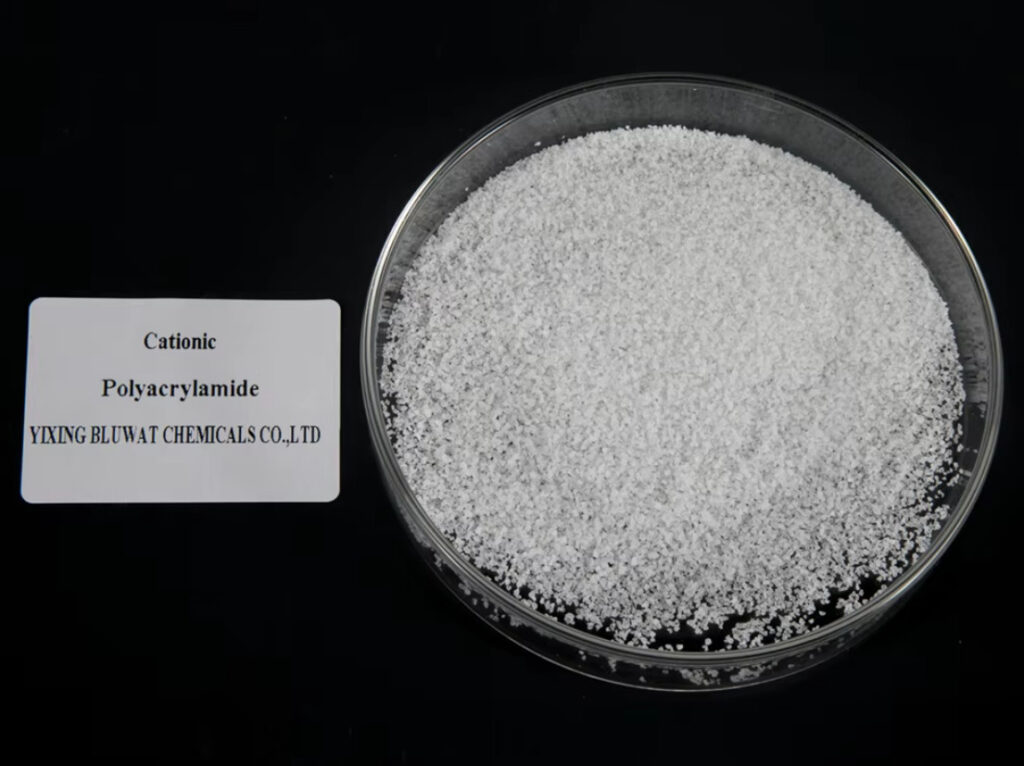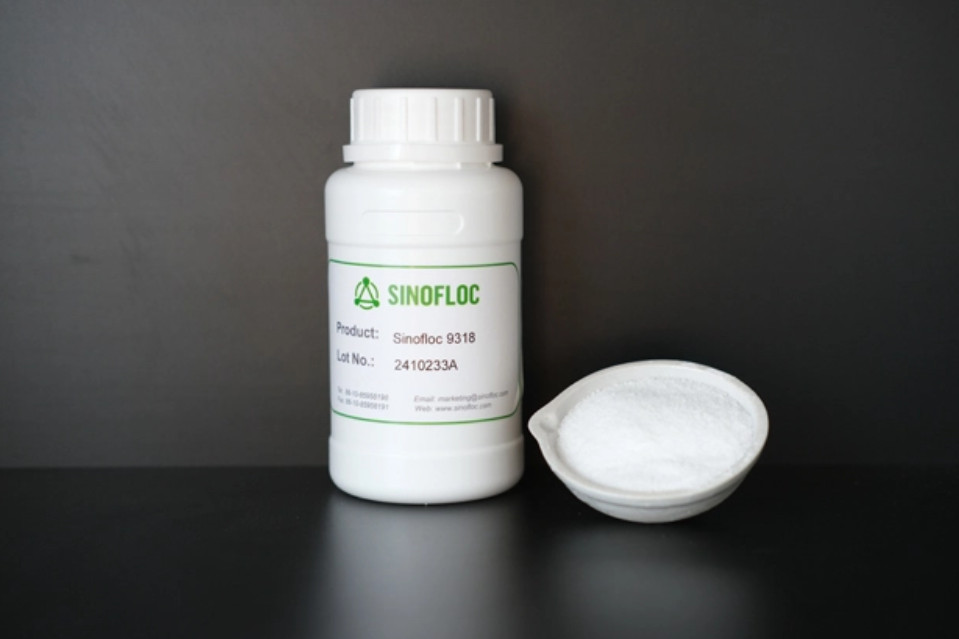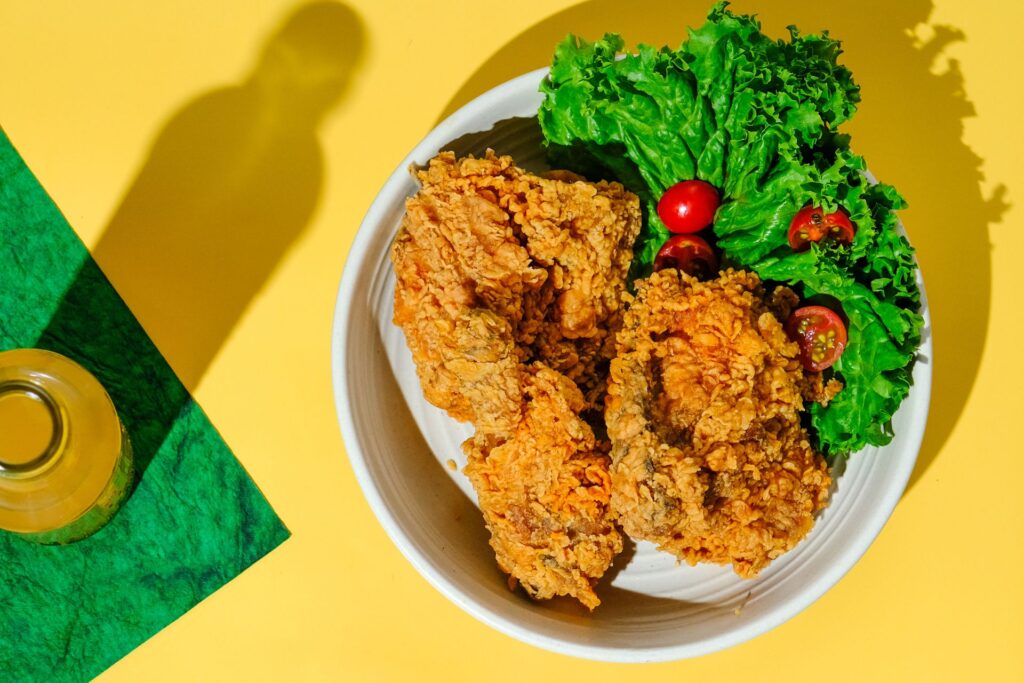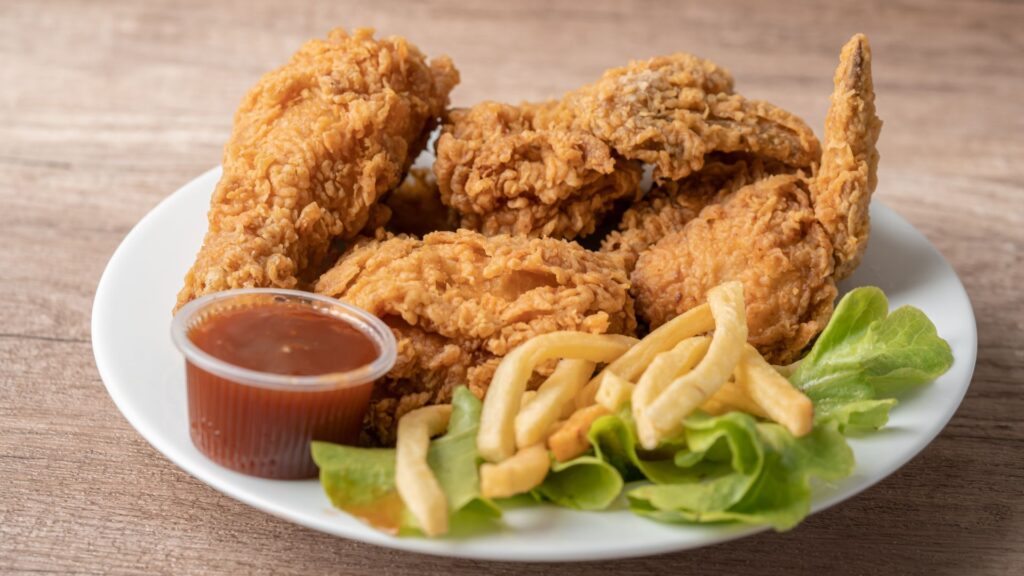Introduction
A Cement Mixer Truck is an indispensable tool in the construction industry, allowing contractors to transport freshly mixed concrete directly to job sites. Its design keeps concrete workable and uniform during transit, ensuring superior quality for foundations, slabs, and structural elements. Investing in the right truck can greatly improve project efficiency and reduce waste.

How a Cement Mixer Truck Works
A Cement Mixer Truck features a rotating drum that continuously mixes cement, aggregates, and water during transport. Spiral blades inside the drum lift and fold the mixture, preventing separation and premature hardening. Hydraulic systems control drum speed, ensuring the concrete maintains the proper consistency for delivery.
Modern trucks often include automated controls for drum rotation, water addition, and flow management, allowing precise adjustment based on site requirements.
Key Features to Consider When Buying a Cement Mixer Truck
Drum Capacity and Mixing Performance
The drum capacity determines how much concrete can be transported per trip. Larger drums are suited for industrial or large infrastructure projects, while smaller drums are ideal for residential and urban works. Durable, wear-resistant steel drums ensure long-term performance and minimal maintenance.
Engine Strength and Mobility
The engine must provide sufficient power to navigate varying terrain while carrying heavy loads. High torque engines improve uphill performance and allow the truck to maintain consistent speed, reducing transit time and improving overall efficiency.
Hydraulic and Control Systems
Efficient hydraulic systems help maintain steady drum rotation and support smooth operation under full load. Automated control features increase accuracy in mixing and allow operators to monitor drum speed, water input, and overall system performance.
Common Applications of a Cement Mixer Truck
Residential Construction
In housing projects, Cement Mixer Trucks ensure that concrete arrives ready to pour for foundations, driveways, and structural walls. This minimizes delays and maintains consistent concrete quality.
Commercial and Industrial Projects
For large-scale construction, including offices, warehouses, and factories, the truck delivers large volumes of concrete efficiently, reducing downtime and ensuring smooth workflow on-site.
Infrastructure and Roadworks
Highways, bridges, and tunnels rely on Cement Mixer Trucks to supply high-quality concrete on-demand. The truck’s mobility allows precise delivery even in challenging or remote locations.
Tips for Selecting the Best Cement Mixer Truck
New vs. Used Trucks
New trucks offer advanced technology, reduced maintenance, and warranties. Used trucks can provide cost savings but require careful inspection of drum integrity, engine condition, and hydraulic systems.
Maintenance and Service Considerations
Look for trucks with easy access to key components like the drum bearings, hydraulic pumps, and lubrication points. Regular maintenance ensures consistent performance and longer service life.
Evaluate Fuel Efficiency
Fuel consumption affects operational costs. Trucks designed for efficiency with optimized engines and lighter materials reduce expenses while maintaining reliable performance.
Advantages of Investing in a Cement Mixer Truck
- Improved concrete consistency and quality
- Reduced mixing and delivery times
- Enhanced job site productivity
- Lower long-term operating costs
- Reliable performance for all construction scales
These benefits make the Cement Mixer Truck a vital investment for contractors and construction companies alike.
Conclusion
A Cement Mixer Truck is a crucial component in modern construction, providing reliable, high-quality concrete delivery for a variety of projects. By carefully evaluating drum capacity, engine performance, and hydraulic systems, buyers can select the right truck to optimize efficiency, reduce costs, and maintain consistent concrete standards across all construction sites.

